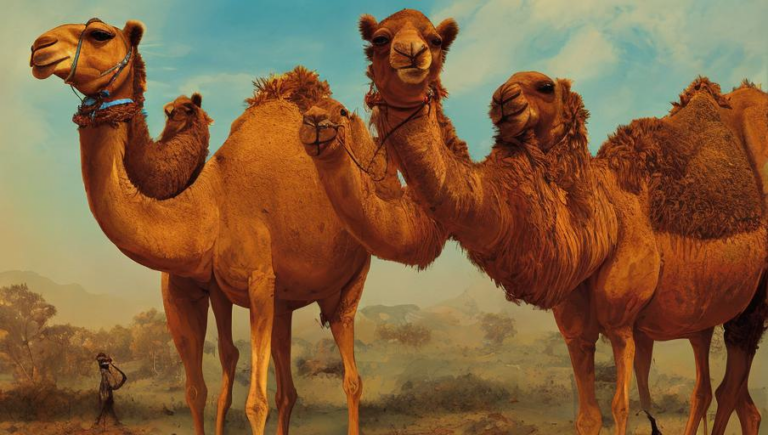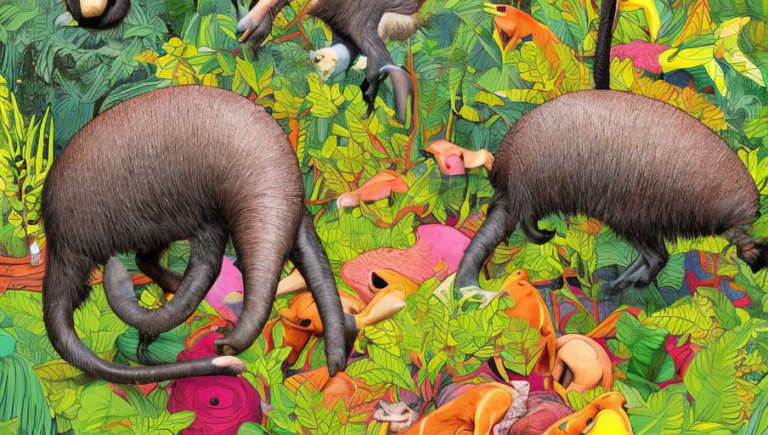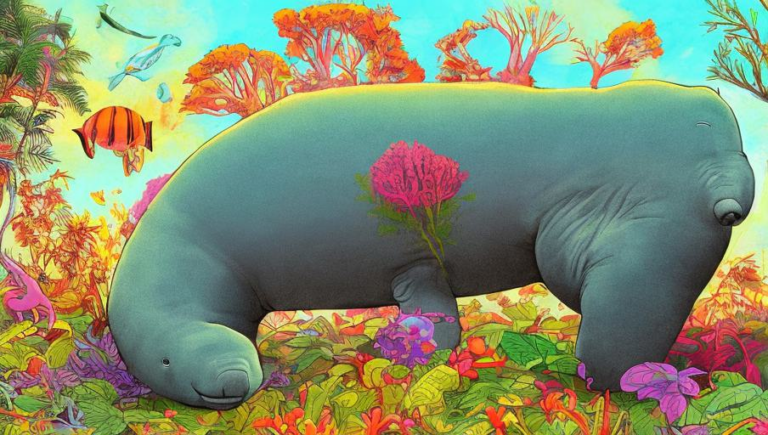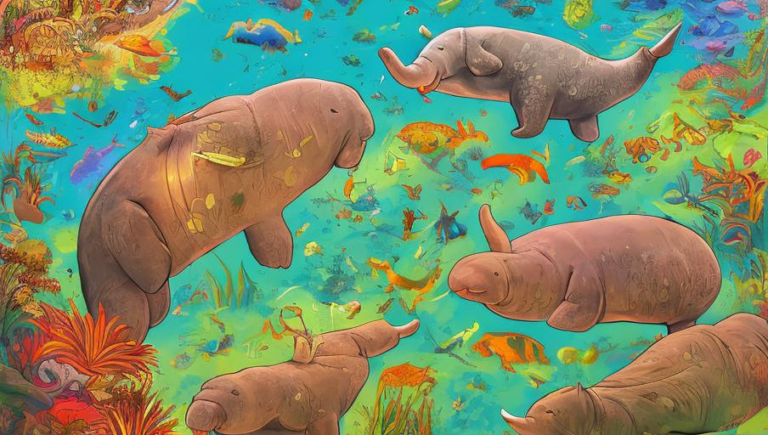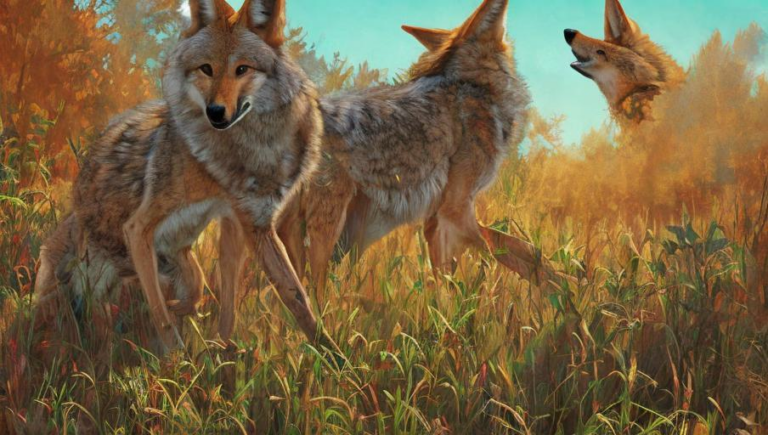Stunning Clam Species
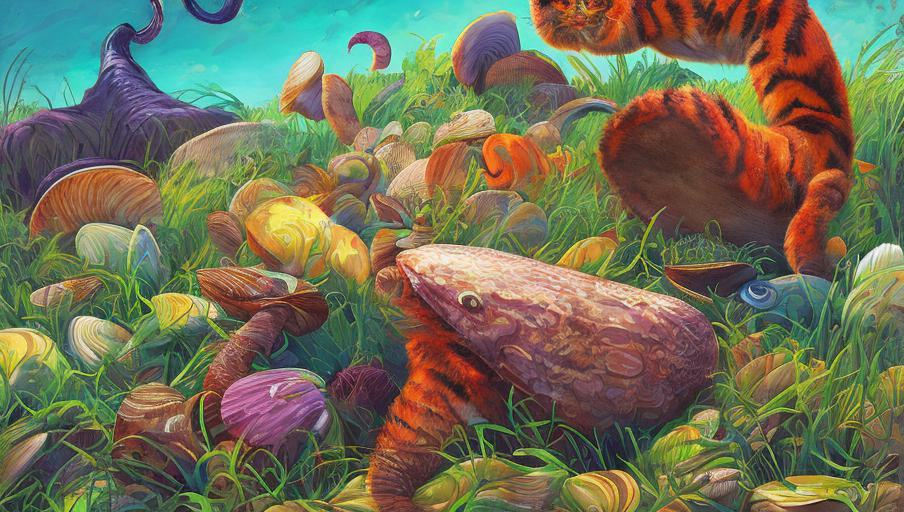
Stunning Clam Species
Clams are a type of mollusk found in both marine and freshwater environments. Clams belong to the taxonomic group Bivalvia, meaning they have a two-part shell that is hinged at one end. Clams are found in a variety of habitats around the world, from shallow waters on the coast to deep seas.
Types of Clams
There are a variety of species of clams, including the giant clam, which can reach up to 4 feet in length, and the razor clam, which is well-known for its long, thin shape. There are also species of clams that live in freshwater, such as the golden clams, which are found in lakes and rivers in the United States.
Clams as a Source of Food
Clams have been a source of food for thousands of years and are still commonly eaten today. Clams can be eaten raw or cooked, and are often served in dishes such as chowder and linguini. Clams are also used to make sauces and can be used in a variety of dishes, such as clam pizza, clam chowder, and clam bake.
Clams and the Environment
Clams are an important part of marine ecosystems, as they are a food source for many types of animals. Clams also act as filters, as they feed by straining plankton and other microorganisms from the water. Clams are an important part of the food chain in many different ecosystems, and can be a valuable resource for humans.
Protection of Clams
Clams are a vulnerable species, as they are often overharvested. It is important to ensure that clams are harvested sustainably so that their populations remain healthy. In addition, it is important to protect the habitats of clams from pollution and other forms of human-caused damage. This can be done by reducing the amount of runoff from agricultural lands, and by reducing the amount of pollutants in the water.
Conclusion
Clams are an important part of many different ecosystems and are a valuable food source for humans. It is important to protect the habitats of clams and ensure that they are harvested sustainably. By doing this, we can ensure that clams remain a part of our world for many years to come.
